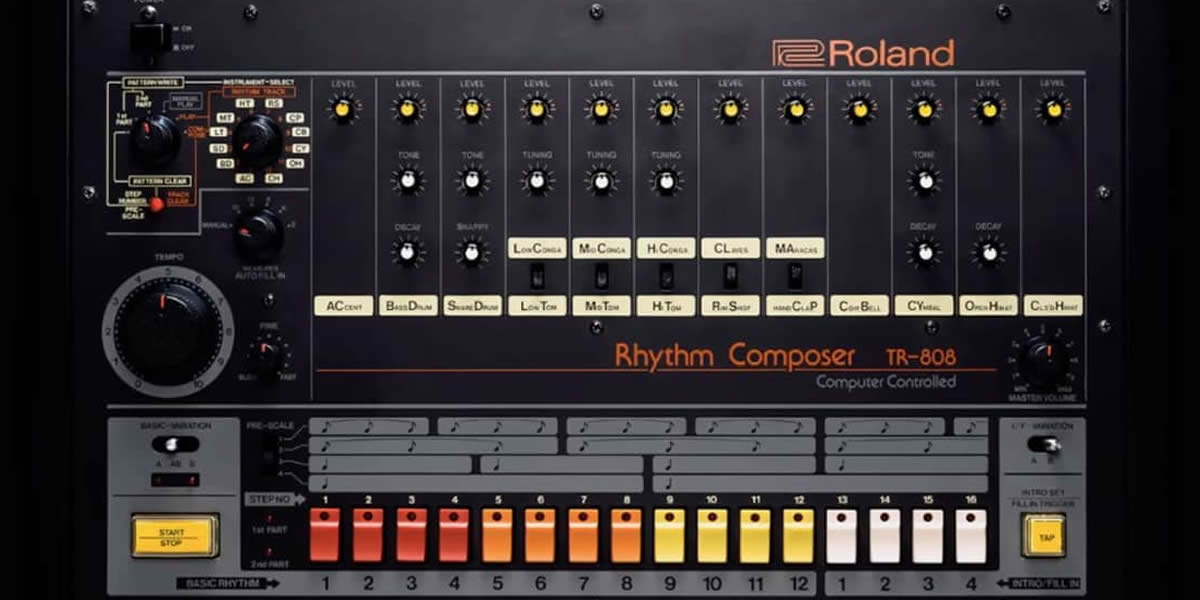The Apple IIe redefined personal computers in the 80s, and brought computing into homes, schools, and businesses around the globe.
It was 1983, and the computing industry was advancing at breakneck speed. Apple had already released several computers as part of its Apple II series, but none of them were as successful as the Apple IIe. This particular computer played a pivotal role in bringing computers into homes, schools, and businesses across the country. The enhanced features and affordability made it the perfect fit for just about any personal, educational, or professional need.
The Rise of the Personal Computer
The 1980s saw the dawn of the personal computing age. During the 70s, computers were mostly seen only in large corporations and government institutions. They were considered to be far out of reach for the average homeowner. However, the social and economic climate of the 80s helped to bring computers into the home and classroom. It was a period of rapid technological advancement. And, every day some new form of digital technology is being released. There was a demand for home computers. And, companies like Microsoft, IBM, and Apple, began to fill this need.
The Apple IIe was the successor to the Apple II. The computer had already introduced millions of people around the country to personal computing. However, the IIe offered many unique advancements that made it attractive for personal and school computing. After all, it was during this time that schools across the country wanted to build their own computer labs. And, the Apple IIe introduced the world to a very user-friendly and innovative design that was perfect for educators and students.
The Apple IIe and User-Friendly Personal Computers in the 80s
The Apple IIe featured significant leaps in technological advancements of the time, and there were several key innovations that helped it to become a mainstay in the personal computing market.
User-Friendliness
The Apple IIe was the first “user-friendly” computer in the 80s. In order to operate most computers of the time, you had to know how to code. Rather than having to learn basic coding in order to use it, the Apple IIe was designed to use cartridges like a video game console. The keyboard itself was integrated into the unit, which made the Apple IIe more compact than other computers. And, it allowed users to add third-party peripherals in order to expand its capabilities. It was this focus on the user experience that became a cornerstone of Apple’s brand identity. And, it was crucial to making the personal computer more approachable for non-experts.
Backward Compatibility and Expansion of Computers in the 80s
The Apple IIe stood out amongst the crowd because of its backward capability. Not only was it capable of using peripherals and software designed for the original Apple II’s, but it also introduced the world to the concept of expandability. Apple wanted those who purchased the Apple IIe to be able to continue using the same software and peripherals they had previously purchased. And, with the help of an improved memory capacity, and faster processors, this gave it a powerful advantage over the competition.

Educational and Business Software
For most kids of the 80s, their first introduction to a computer was in the classroom. In fact, the most popular computers in the 80s video games were the Oregon Trail and Math Blaster. At the same time, businesses began using the Apple IIe for its word processor capabilities. The computer introduced businesses to AppleWorks, and other spreadsheet applications. These helped small businesses to run more efficiently, further cementing its place in the culture of the 80s.
The Minds Behind the Apple IIe
The two most visionary minds of the 80s were Steve Jobs and Steve Wozniak. The co-founders of Apple worked together to create the perfect personal computer and marketed it to the world. Steve Jobs was known as a marketing genius, and he had an eye for design. He helped to push the Apple IIe as an essential tool for both homes and schools. Wozniak on the other hand, was the technical mastermind that made the Apple IIe one of the most versatile and expandable systems on the market at the time. Their combined talents created one of the most iconic computers in the 80s.

Apple IIe Influence on Personal Computers in the 80s
Without question, the Apple IIe played an important role in the technology industry, as well as society as a whole. The computer was a game changer in schools and introduced an entire generation to computing. The Apple 2 series computers helped to shape digital literacy. And, introduced the younger generation to programming and computer sciences for the very first time.
Not only did the Apple IIe change schools forever, but it also helped to foster the growth of small businesses across the country. The affordable price of the Apple IIe made it the perfect option for any small business. And, when coupled with the large library of productive tools and business software, small business owners could manage their entire operations more efficiently.
The legacy of the Apple IIe can still be felt today. Sure, modern computers are much more powerful than the Apple IIe, but, the expandability and user-friendliness of computers today wouldn’t exist if it weren’t for the success of the Apple IIe. Apple played a pivotal role in bringing computers into the mainstream, and the Apple IIe was at the forefront of this movement.
Conclusion
In the end, the Apple IIe was one of the most defining computers in the 80s. Its existence marked a pivotal movement in the history of personal computing. And, their use of user-friendly features and powerful hardware helped to make Apple one of the most successful computer companies in the world. Its influence on the computer industry helped create innovations that paved the way for modern technology. Simply put, the Apple IIe shaped the way we live, learn, and work in this digital world.





